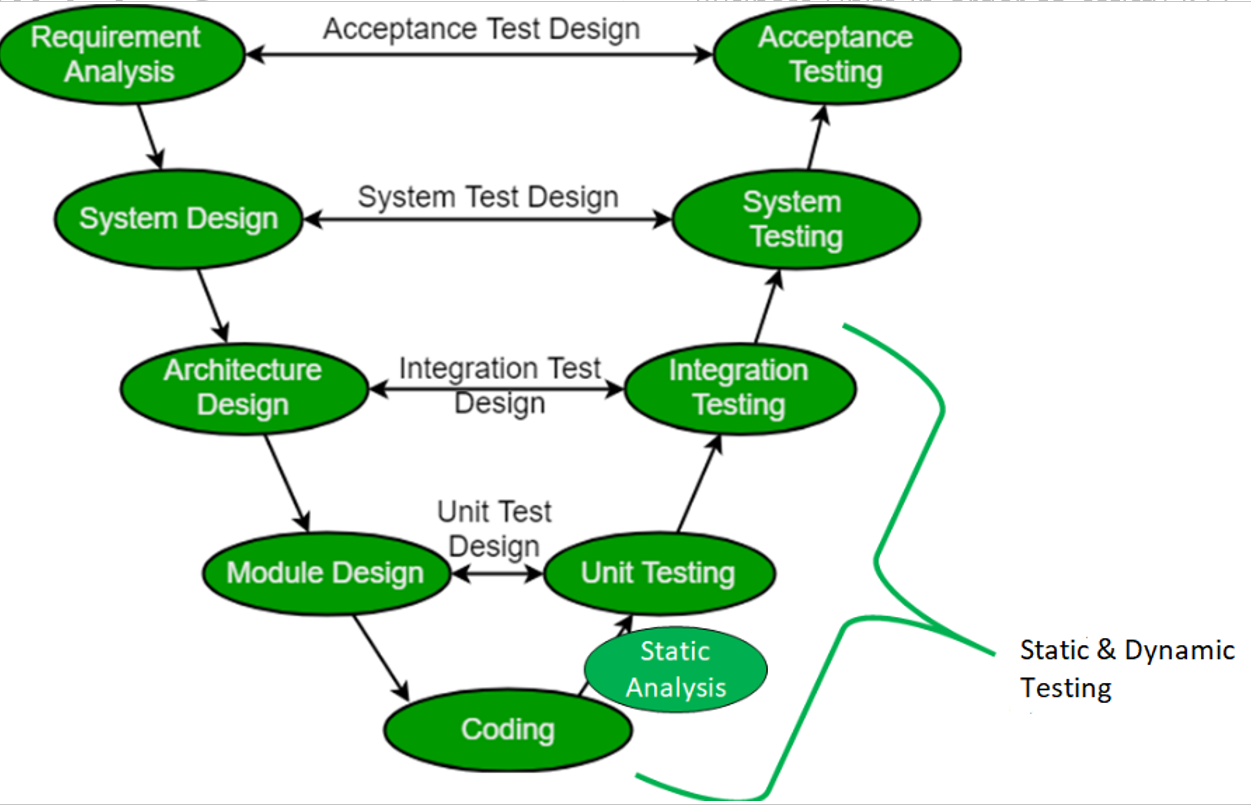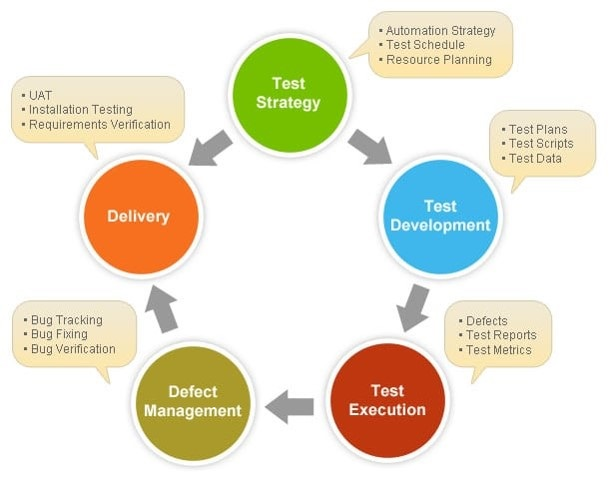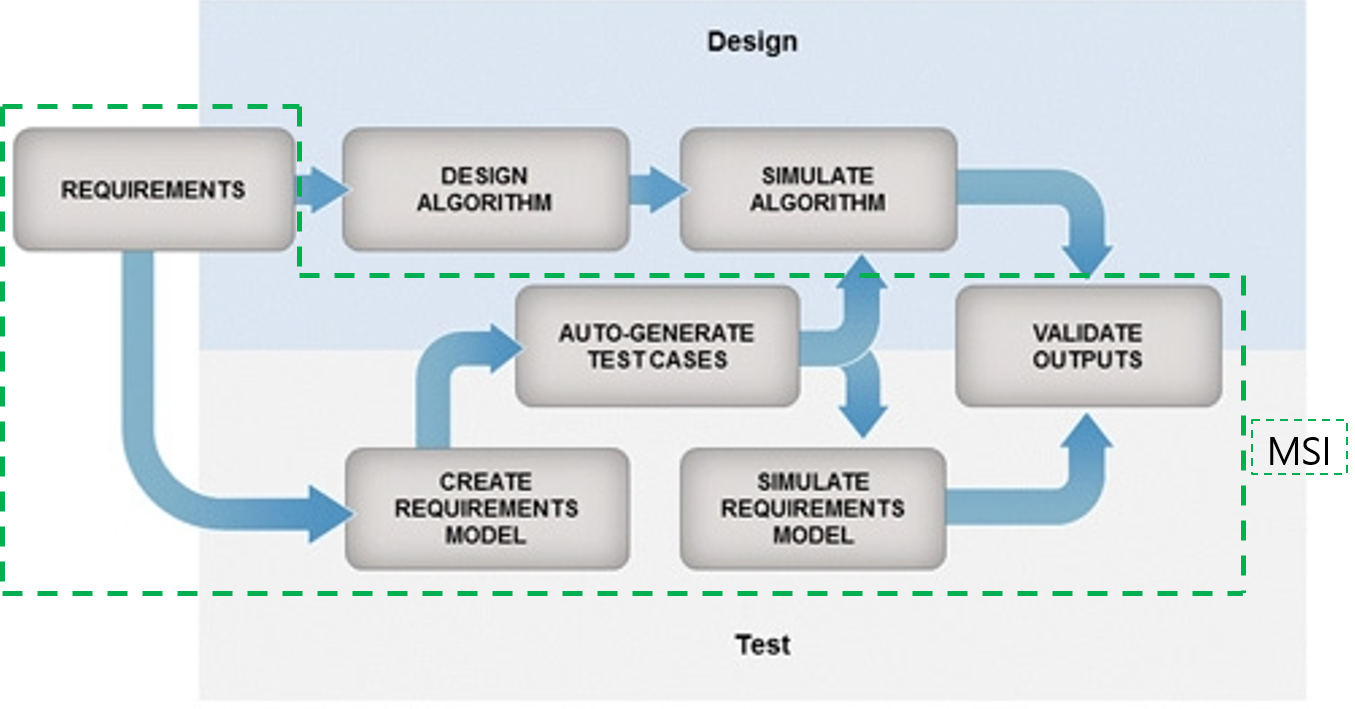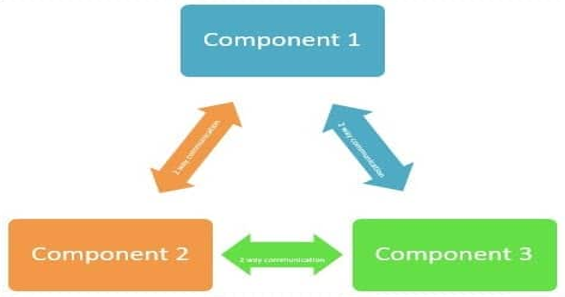SW Verification & Platform
SW Verification & Platform

Software Testing
Software Verification deals with various stages of Software testing activities such as
1. Static Testing
2. Software Unit Verification
3. Software Integration Testing
4. Model Based Unit Testing
5. Software Interface Testing
6. Fault Injection Testing
7. Test Automation (In-House Tools)
White-box testing is performed on automotive software products dedicated to Brakes, Suspension, and Steering Business Units to meet the Functional Safety Standards outlined in ISO-26262. Additionally, it involves the development of Test Automation tools essential for executing similar testing tasks within the team.
Static Testing

Static testing is a software testing technique that involves the examination and evaluation of software artefacts, such as requirements, design documents, source code, and test plans, without executing the actual program. The primary objective of static testing is to identify defects, errors, or discrepancies in these artefacts early in the software development life cycle, before the code is run or compiled.
Software Unit Verification

Software Unit Verification refers to the process of testing individual units or components of the software w.r.t LLR (Low Level requirements) to ensure that they function as intended.
Software Integration Testing

Integration testing is a software testing phase where individual components or modules are combined and tested as a group to ensure proper interactions and functionality within the integrated system. The goal is to detect and address issues related to the interfaces between integrated units.
Model Based Unit Testing

Model Based Unit Testing describes how a system behaves in response to an action (determined by model). Supply action, and see if the system responds as per the expectation. It is a systematic method to design the test cases from models of system requirements. It allows you to evaluate requirements independent of algorithm design and development where the models and its environment are simulated without any physical hardware components.
Software Interface Testing

Software Interface Testing is a type of testing that validates the interactions and data exchanges between different software components or systems to ensure seamless communication and proper functionality.
Fault Injection Testing

Fault injection testing is a method of intentionally introducing faults or errors into a software system to assess its robustness and determine how well it can handle unexpected or erroneous conditions.
Test Automation (In-house tools)

Automation tools streamline tasks, improving efficiency and reducing manual efforts. They enhance precision, speed up processes, and minimize errors across software testing. These tools contribute to increased productivity, enabling organizations to meet demands effectively.
Upcoming technology/ innovation
Further upcoming technology/ innovation (coming in 5 years) in your team
- Back-to-Back Comparison test between Model and Code: This test involves evaluating the consistency and correctness of a software model by comparing its behaviour with the corresponding implemented code.
- Resource Usage Test: A Resource Usage Test is a form of performance testing that assesses how a software application utilizes system resources such as CPU, RAM, ROM etc.
- Expanding Software Dynamic testing at the target level ultimately contributes to the improvement of Coding standards.
- Expanding MIL testing to encompass all software products across global branches of HL Mando.